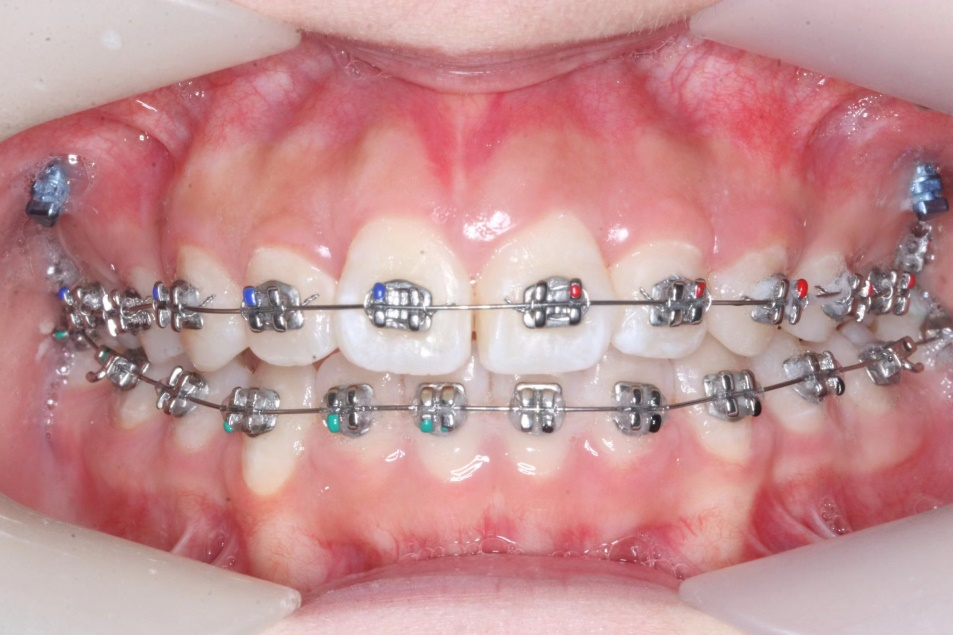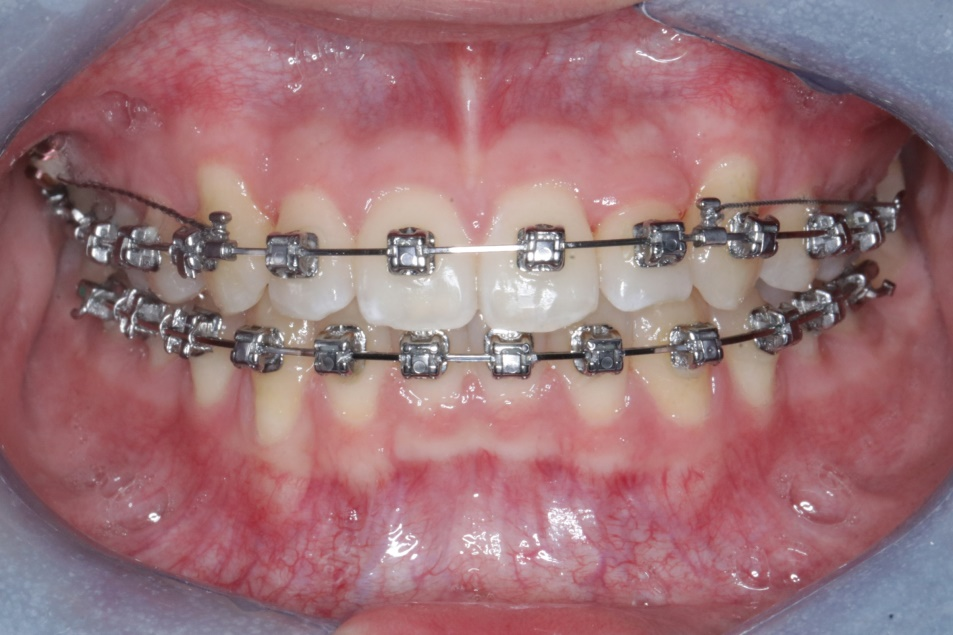How To Choose Orthodontic Braces?
Teeth alignment requires external force. This force is applied to the teeth through the braces, which then transmits it to the surrounding alveolar bone, causing bone remodeling and ultimately moving the teeth into the desired position. For patients considering orthodontic treatment, choosing the right type of braces can be confusing. "Braces" is a common name for appliances bonded or worn on the teeth. Today, we'll explore the different types of orthodontic braces and how to choose one.
1. Standard Metal Brackets
Braces are generally bonded to the teeth and cannot be removed or inserted. They are affordable and cost-effective.
They can solve orthodontic problems, but they are less aesthetically pleasing, can fall out if you're not careful while eating, and may not achieve the desired effect. They also risk pricking your mouth with the wire. Due to their structure, they can easily trap food debris. Maintaining oral hygiene and brushing regularly is essential.
2. Self-ligating metal brackets
These brackets cannot be removed or reattached. They are compact and offer improved comfort, cleanability, and performance compared to standard non-self-ligating brackets, resulting in more efficient tooth alignment.
3. Ceramic brackets
They are also bonded to the teeth and cannot be removed. Their primary advantage lies in their aesthetics. They can break during clinical use (although many manufacturers are continuously improving their performance). To maintain strength, they are generally larger, resulting in slightly lower comfort and performance than comparable metal brackets.
4. Lingual brackets
They cannot be removed or reattached. They offer high concealment and aesthetics, and are typically custom-made to suit individual patient needs. However, they are relatively expensive. Bonding the brackets to the lingual side of the teeth offers concealment at the expense of comfort (though this is acceptable once the patient adapts).
5. Invisible braces
They can be removed or reattached, offer aesthetics, comfort, and ease of oral hygiene and maintenance. The cost is relatively high, and patients must be highly cooperative and wear them daily for a specified period of time as directed. If patient compliance and cooperation are high, the follow-up interval for invisible braces can be extended accordingly (e.g., every 2-3 months, or even every 3-6 months).
Therefore, invisible braces are ideal for orthodontists who prioritize aesthetics, are at high risk for caries, have strong self-discipline, and require longer follow-up intervals (such as those studying or working away from home).
After understanding the different types of braces mentioned above, you can discuss with your doctor and choose the best braces for your individual needs to achieve your ideal orthodontic results.







